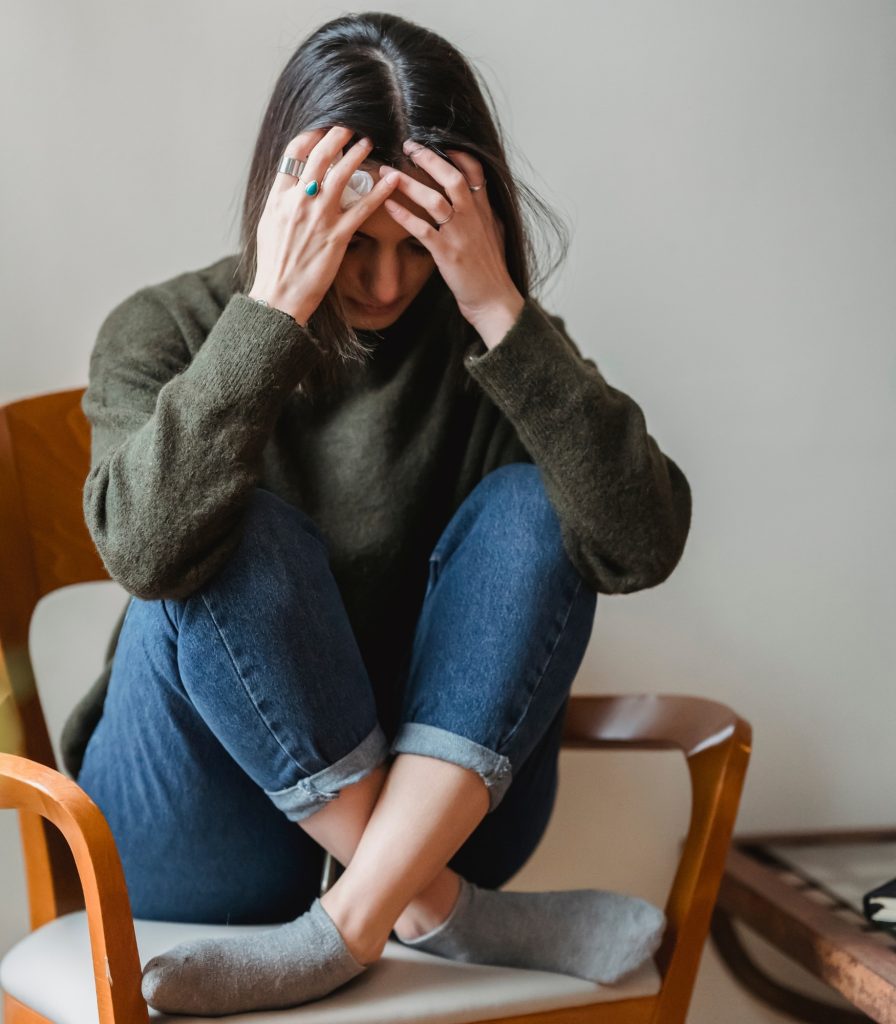Welcome to the club that no one asks to join—The Women and Anxiety Club! Rest assured, you are in great company. You are one of numerous bright, intelligent, kind, competent, and strong women who, at times, are beset with anxious and distressing thoughts, feelings, and sensations. It is most likely that you fall into the camp of being a high-functioning individual who enjoys fixing things, and you’re pretty good at it. Yep, most of us are. This can be a tremendous gift and strength as we navigate this modern age; however, in the world of anxiety, the more we try to fix and control our anxious state of mind, the messier and worse our existence becomes. Feeling overrun by anxiety is not a flaw. It is not a weakness. It is a simple fact that throughout our lives, we all accumulate experiences and stressors that challenge us. There are times when our stress bucket overflows and becomes unmanageable, leading to an array of mental, cognitive, and physical symptoms. Our focus on these symptoms can generate more fear and anxiety, exacerbating the problem.
Women and Anxiety

Why would trying to fix anxiety make things worse? Because we are signaling to our brain that we are truly in distress. We shouldn’t be thinking that thought. We shouldn’t be feeling dizzy or faint. We shouldn’t be so afraid to go to the doctor. We shouldn’t second-guess every decision we make. We shouldn’t be having heart palpitations. All these shouldn’ts can quickly lead to the development of compulsive behaviors, such as avoiding places and people, turning inward and ruminating, or engaging in safety checks and behaviors just in case. And all the while, we are signaling to the brain—something is wrong! The brain misperceives all our actions and behavior as validation that danger or risk exists, sending more anxious thoughts, feelings, and sensations, and the cycle repeats.
Unfortunately, social media is saturated with all sorts of bio-hacks to immediately “fix” something we don’t like. In the world of anxiety, these bio-hacks often focus on how to reset our nervous system. But here’s the truth: less is actually more when it comes to our nervous systems and anxiety.
With my clients, I work to help educate them on how the nervous system actually works. I introduce them to constructs such as the limbic system and, specifically, the amygdala. Psychoeducation is the first and most crucial step in understanding what is going on and how to shift behavior and mindset to move you out of The Anxiety Cycle.
THE ANXIETY CYCLE
STRESS AND HORMONAL FLUCTUATIONS
↓
MENTAL, PHYSICAL, COGNITIVE, AND SYMPTOMS
↓
FEAR AND DISTRESS
↓
NERVOUS SYSTEM SENSITIZATION
↓
INCREASE IN SYMPTOMS
↓
INCREASE IN FEAR AND RESISTANCE
↓
INCREASE IN SENSITIZATION AND SYMPTOMS